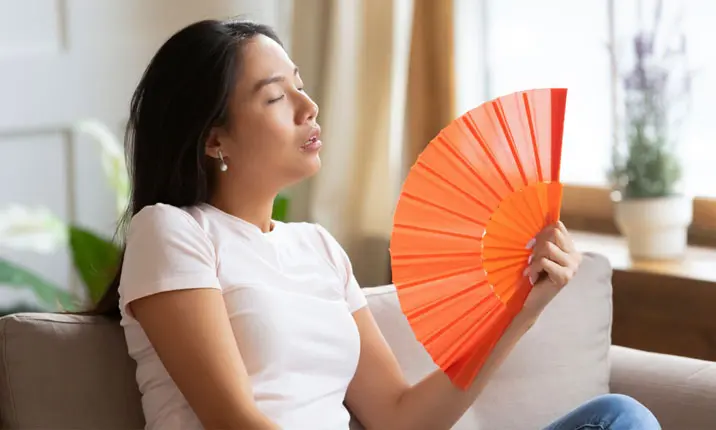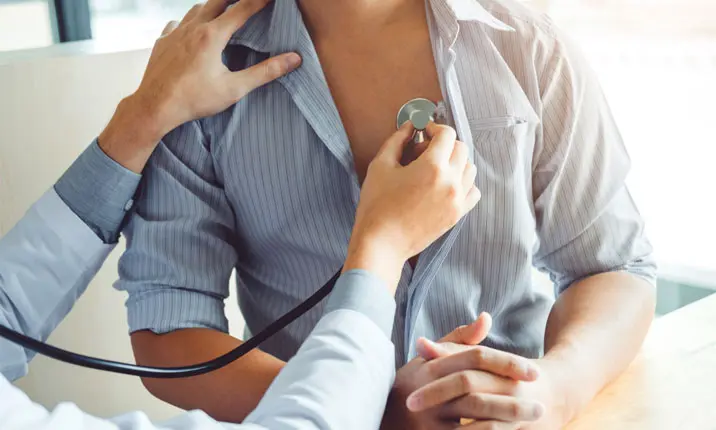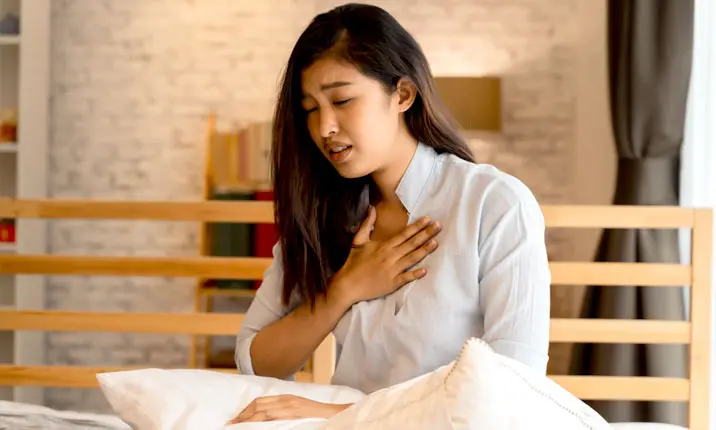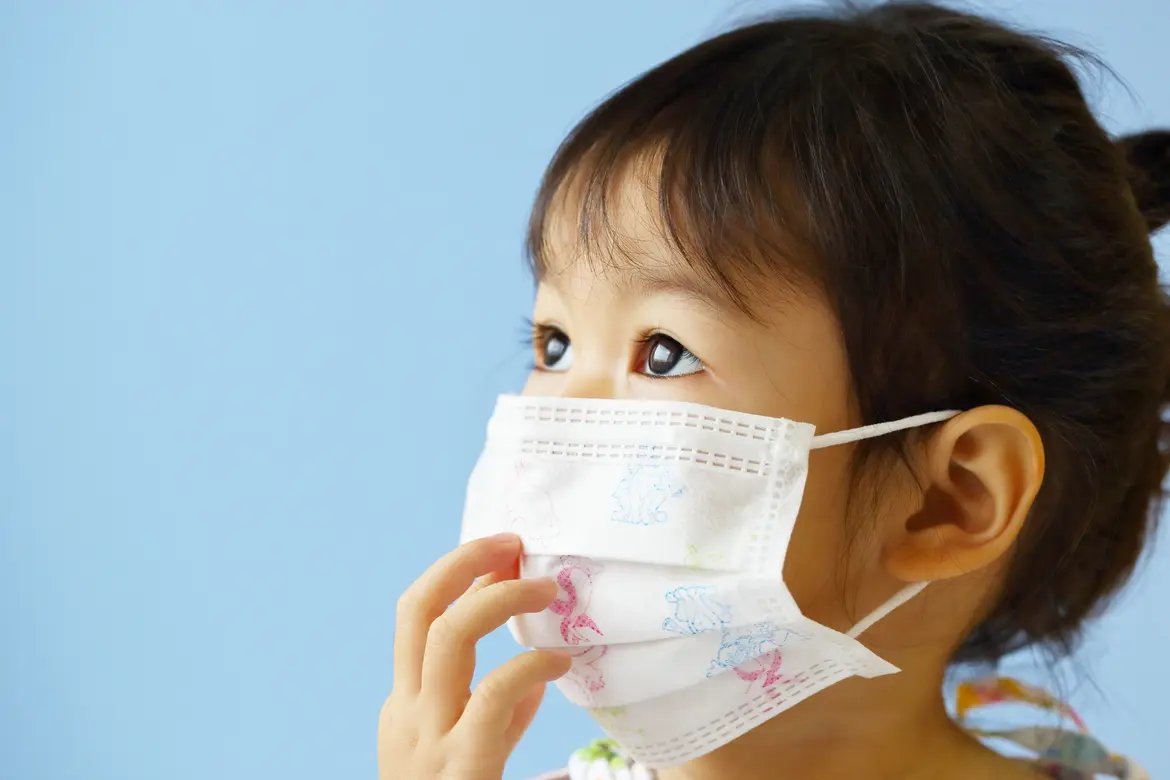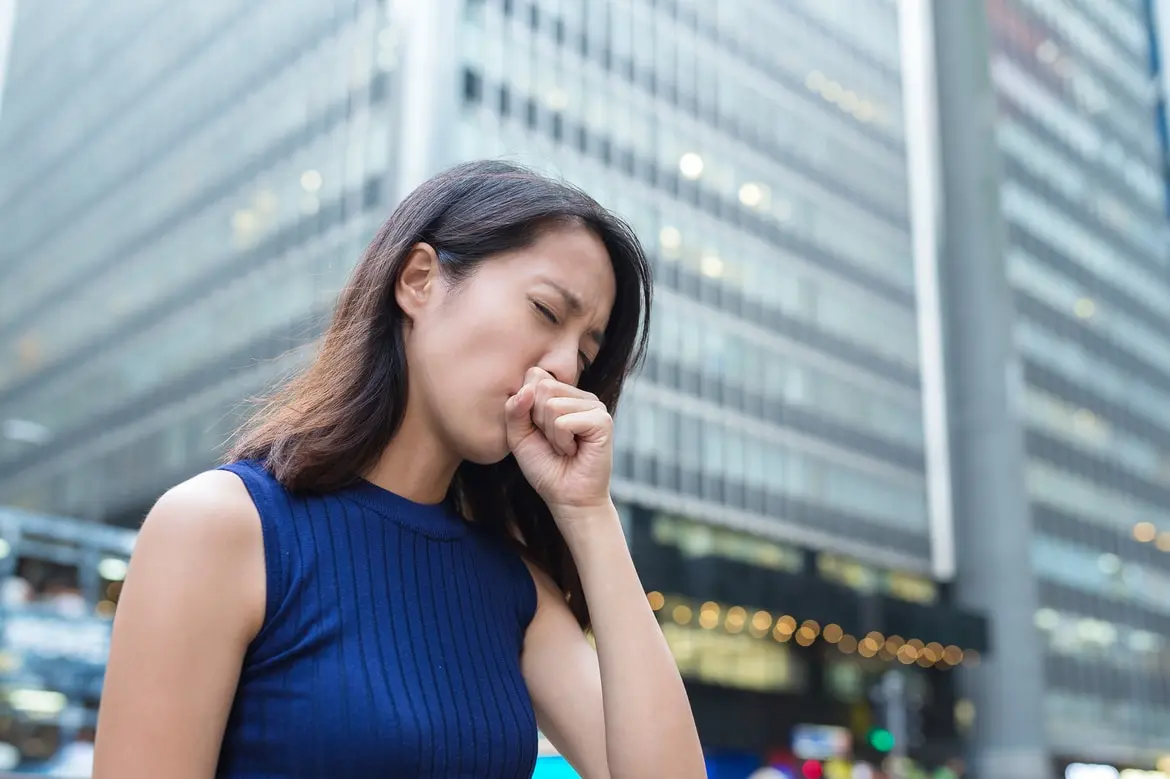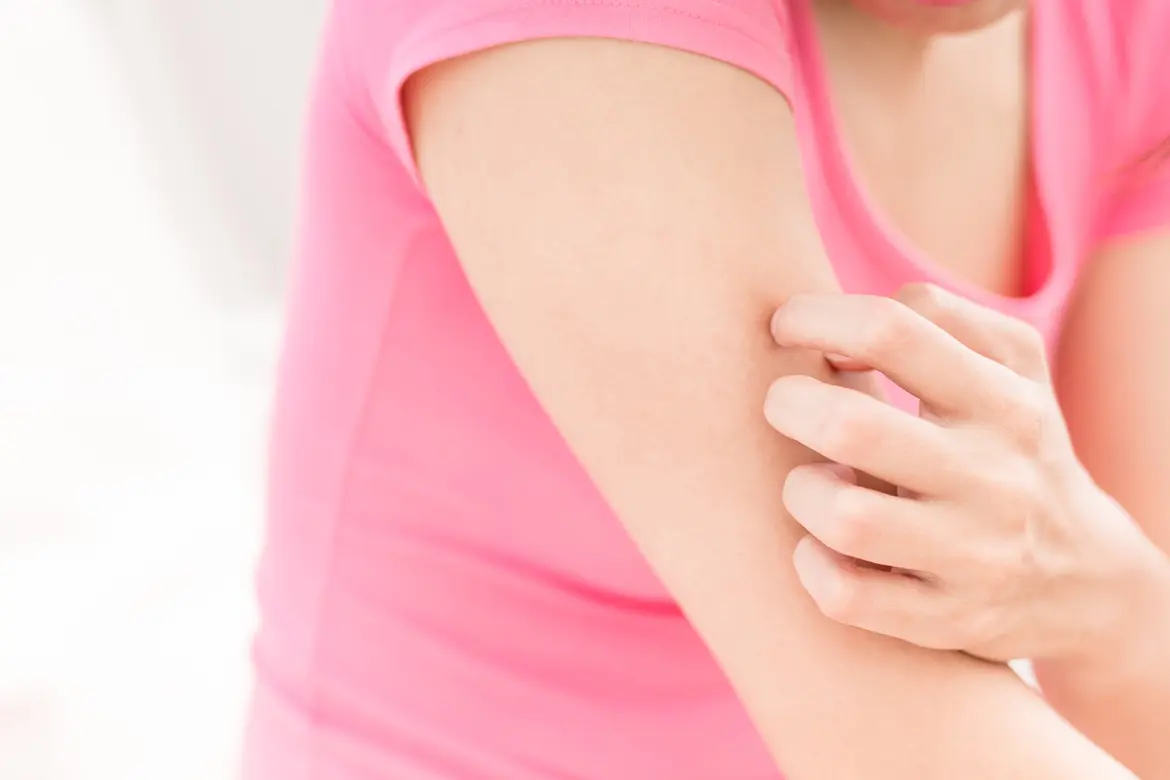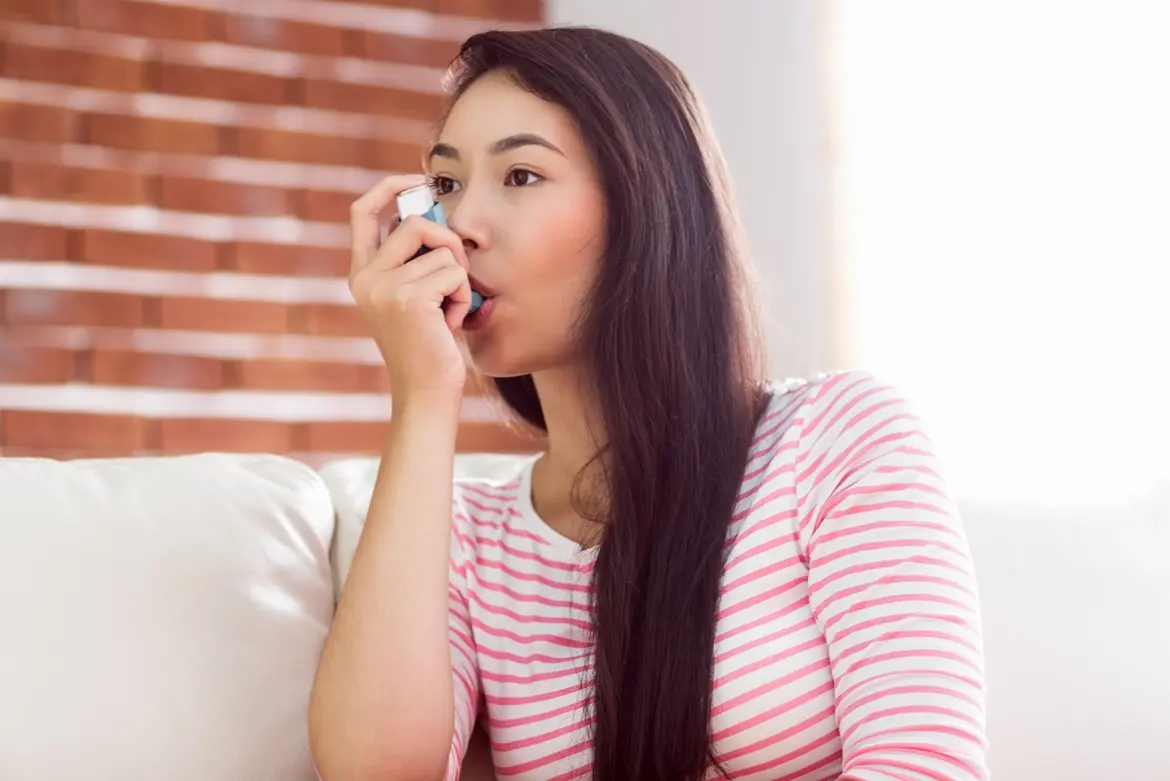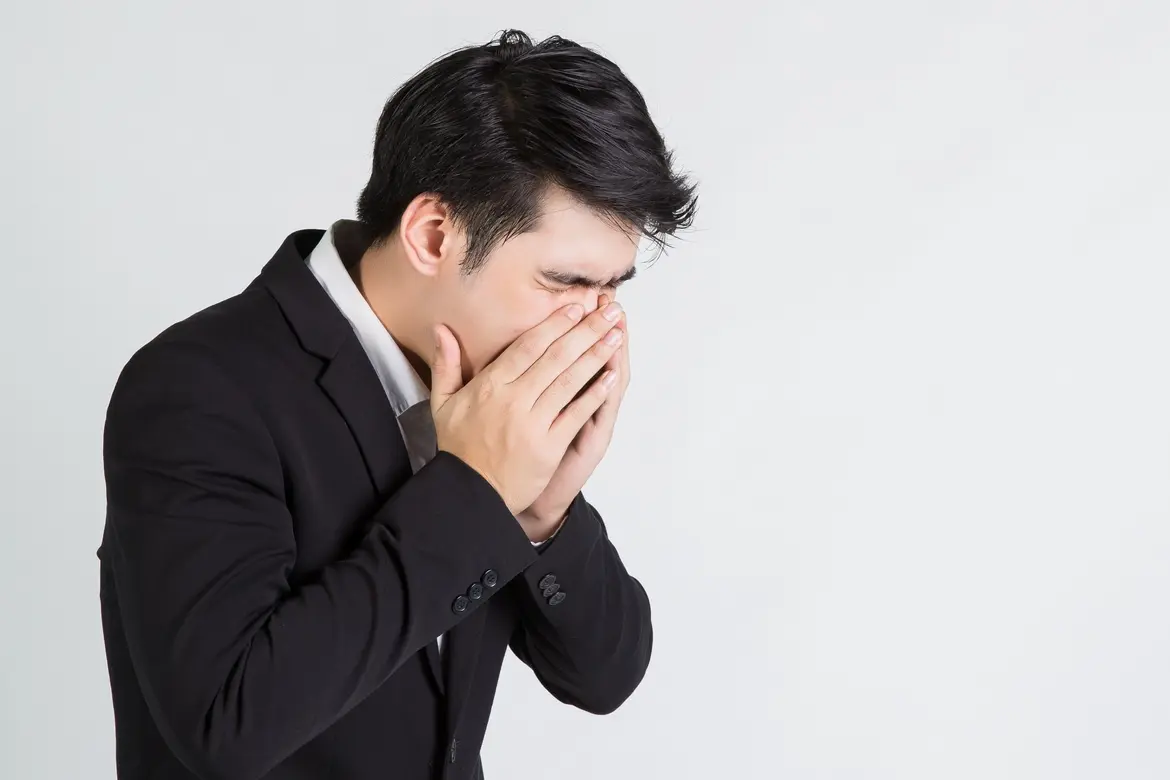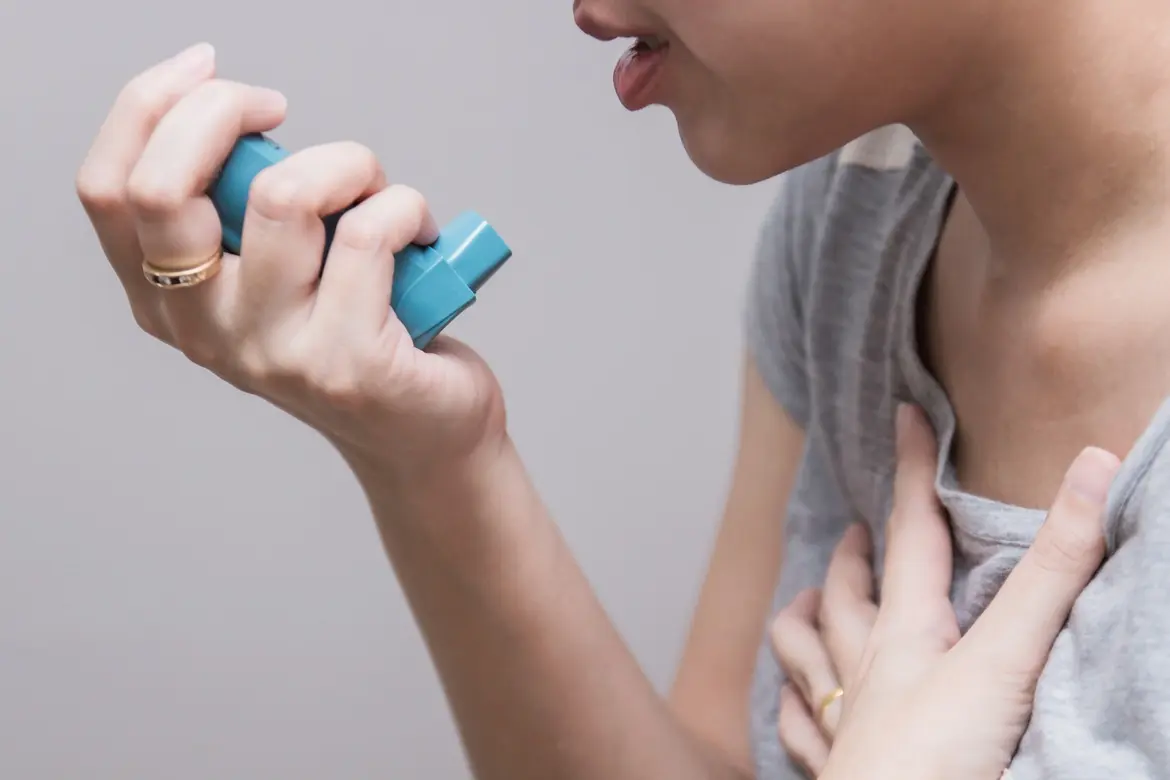What is dyspnea?
Dyspnea is the medical term for shortness of breath. This can happen without having engaged in any kind of strenuous activity. You could be experiencing dyspnea if you find it difficult to breathe, even when at rest. Symptoms include chest tightness, feeling overly anxious and breathlessness to the point of suffocation.
What causes dyspnea?
Since dyspnea is a symptom and not a condition, it is a sign of another health condition. If the cause is not a short-term result of your immediate environment or activity, it is important to get to the root of the problem. Its intensity varies across different diseases and health concerns.
Short-term dyspnea
This is usually caused by exercise, extreme heat, being obese or from being at high altitudes and not being able to take in sufficient oxygen. These short-term symptoms should disappear when any of the mentioned causes is removed.
Underlying medical conditions
Several health-related issues can cause dyspnea and these need medical attention. If your difficulty breathing is not caused by your immediate environment, you should seek immediate medical help, especially if you experience abrupt shortness of breath. Such conditions are categorised as medical emergencies, and they include:
- Asthma
- Pneumonia
- Carbon monoxide poisoning
- Anxiety
- Stress
- Low blood pressure
- Heart failure
- Pulmonary embolism (blocked arteries in the lungs)
Chronic dyspnea
If your experience of dyspnea isn't considered an emergency, yet it lasts for more than a month, it is considered chronic. The following conditions are likely causes of chronic dyspnea:
- Interstitial lung disease
- Obesity
- Chronic obstructive pulmonary disease (COPD)
- Heart disease
How is dyspnea different from orthopnea?
Breathing difficulties when you're lying down, or orthopnea, may seem similar, but it is quite different from dyspnea. Standing or sitting up resolves the problem, but only temporarily. In most cases, orthopnea is an indicator of heart failure.
When does dyspnea usually occur?
Dyspnea can occur at any time, even while asleep, and this is known as paroxysmal nocturnal dyspnea (PND). Breathing difficulties while being asleep could leave you waking up suddenly, and gasping for air. This can be very scary. If your breathing doesn't return to normal after sitting or standing, seek immediate emergency medical assistance.
How is dyspnea treated?
Treatment for dyspnea depends on the cause of your condition.
Pulmonary disease
Lung problems causing dyspnea need to be treated by a pulmonologist. Some patients may even require oxygen to aid their breathing. Pulmonary rehabilitation programmes consisting of an exercise regimen structured around breathing techniques and exercise can help significantly.
Heart problems
Heart disease requires the care and attention of a cardiologist. In conditions such as heart failure, for instance, dyspnea may be a sign of the heart being unable to pump sufficient oxygenated blood. If this condition worsens, a pacemaker may be recommended to manage the problem.
Obesity
Dyspnea caused by poor physical fitness is relatively straightforward to treat. Regular exercise and a healthy diet which results in weight loss can gradually reduce the occurrence of dyspnea.
When should I see a doctor?
While some instances of dyspnea, such as after a strenuous workout, are not a cause for concern, it is important to seek timely medical attention if you:
- are experiencing a cough with shortness of breath
- are having difficulty breathing following an activity that has not caused issues before
- are out of breath more frequently, and intensely, than usual
- have asthma and symptoms aren't alleviated when you use your inhaler
- have swelling in your feet and ankles
- are having trouble breathing when you lie flat
- have high fever, chills, and cough
- have an unusual whistling sound (wheezing) when you breathe
- have to gasp for air when breathing.
When should I go to UCC?
Visit the Urgent Care Centre (UCC) if you, or someone you're with:
- is suddenly short of breath
- experiences shortness of breath together with either chest pain, nausea, or fainting
- has their lips or fingertips turn blue.
Conclusion
Shortness of breath, or dyspnea, is not something to be ignored. Regardless of whether acute or temporary shortness of breath is being experienced, visit the nearest UCC to rule out any possibility of a serious underlying cause.


